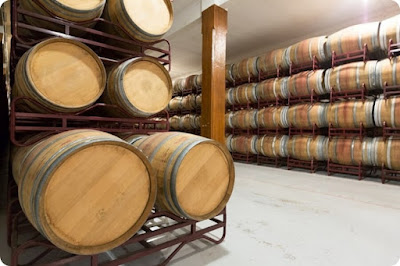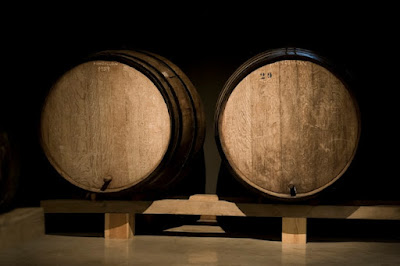Wine has been a part of human life for centuries. From the ancient cultures of Mesopotamia to modern vineyards, wine storage and aging techniques have evolved, but one piece of art has remained constant: the wine barrel. At Rocky Mountain Barrel Company, winemakers and wine lovers alike can find quality wine barrels like red wine barrels and used red wine barrels, each with a history of heritage and handcrafting.
History of Used Wine Barrels
Wine barrels have been used since the time of the Celtic people of Europe, who first used wooden barrels to store and carry liquids. Wine was previously stored in brittle clay amphorae, which were not easy to transport. The use of wood barrels revolutionized the storage of wine. Barrels not only provided strength and ease of transport but also imparted flavor and sent it to the wine and helped improve its character.
The Romans had by the 3rd century BCE attained some sophistication in the technology of making barrels, or cooperage, when they understood the importance of specialized expertise in producing a vessel that would not just be watertight but also affect the aging of the wine. The production of wine barrels is a sensitive process and very specialized. Specialist coopers carefully select wood—traditionally French or American oak—for strength and flavor profile. The wood is then cut into staves, shaped, and joined together to form a tight, curved container. Each barrel is also shot over an open fire to warp the wood, a process which simultaneously caramelizes natural wood sugars and adds subtle vanilla, caramel, and spice flavors to the wine.
Craftmanship Behind Used Wine Barrels
Over the years, wine barrels have not only gained their status as good containers but also as something symbolic of tradition and artisanship. Even when previously used once, barrels are still crucial in winemaking. One-time-use red wine barrels are very much in demand in the industry due to the fact that they are already seasoned by previous vintages. Such barrels have come to influence batches of new wine in a lessening manner, contributing subtle nuances but never overpowering the natural flavors of the grape. Rocky Mountain Barrel Company offers wine enthusiasts refurbished used red wine barrels that are carefully inspected and restored so that each barrel is a quality choice for winemaking, aging spirits, or even furniture and home decor making.
The versatility of wine barrels is not just for wine. Barrel-aged beers, whiskeys, and even gourmet foods like vinegars and hot sauces benefit from the deep flavors imbued by oak barrels. The life cycle of a barrel is a testament to the artisanal skill that goes into it: from the very selection of the wood to maturing great wines and spirits, every step requires precision and skill.
Purchasing a red wine barrel or red wine barrels used is more than purchasing a container to store—more like adopting an artifact. Most today's distilleries and wineries seek barrels that have held specific vintages to imbue their products with unique characteristics. The background of the wine and the artistry of the cooper become an invisible ingredient in the product, creating a link from past to future that is truly remarkable.
Rocky Mountain Barrel Company has a wide range of wine barrels for sale, every one of which is made to high levels of quality and craftsmanship. From expert winemakers eager to refine their vintage to brewers experimenting with barrel-aging techniques to crafty people who want to repurpose a barrel into furniture or decor, these barrels are both functional and visually appealing.
Beyond their use, wine barrels also represent sustainability in craft. Winemakers conserve waste and maximize the life of each handcrafted vessel through reusing barrels. This is a philosophy of judicious stewardship that resonates with the artisanal traditions of cooperage as it espouses respect for materials, skill, and the natural aging process.
The appeal of red wine barrels and second-hand red wine barrels also extends beyond their practical use. They are reminiscent of history, craftsmanship, and a sense of connection to the natural forces that shape the wine—the soil, the grapes, and the wood itself. Each barrel carries with it a story from the forests where the oak tree flourished to the cellar where the wine rested. By adding these barrels to your winemaking or artistic endeavors, you are continuing a centuries-old legacy while infusing your work with character and depth.
Conclusion
The existence of a wine barrel is an enthralling mix of history, skill, and art. From their Celtic origin up to modern-day wineries, barrels have served as an essential tool for flavoring and preserving quality. With companies like Rocky Mountain Barrel Company retailing high-quality wine barrels, from specially selected red wine barrels to refurbished red wine barrels, it is now possible to experience the handwork and tradition of these exceptional containers. Used for aging wine, spirits, or as a creative vessel, every barrel within it holds the tradition of generations of coopers who mastered the art of harmonizing nature and craft with each other.








